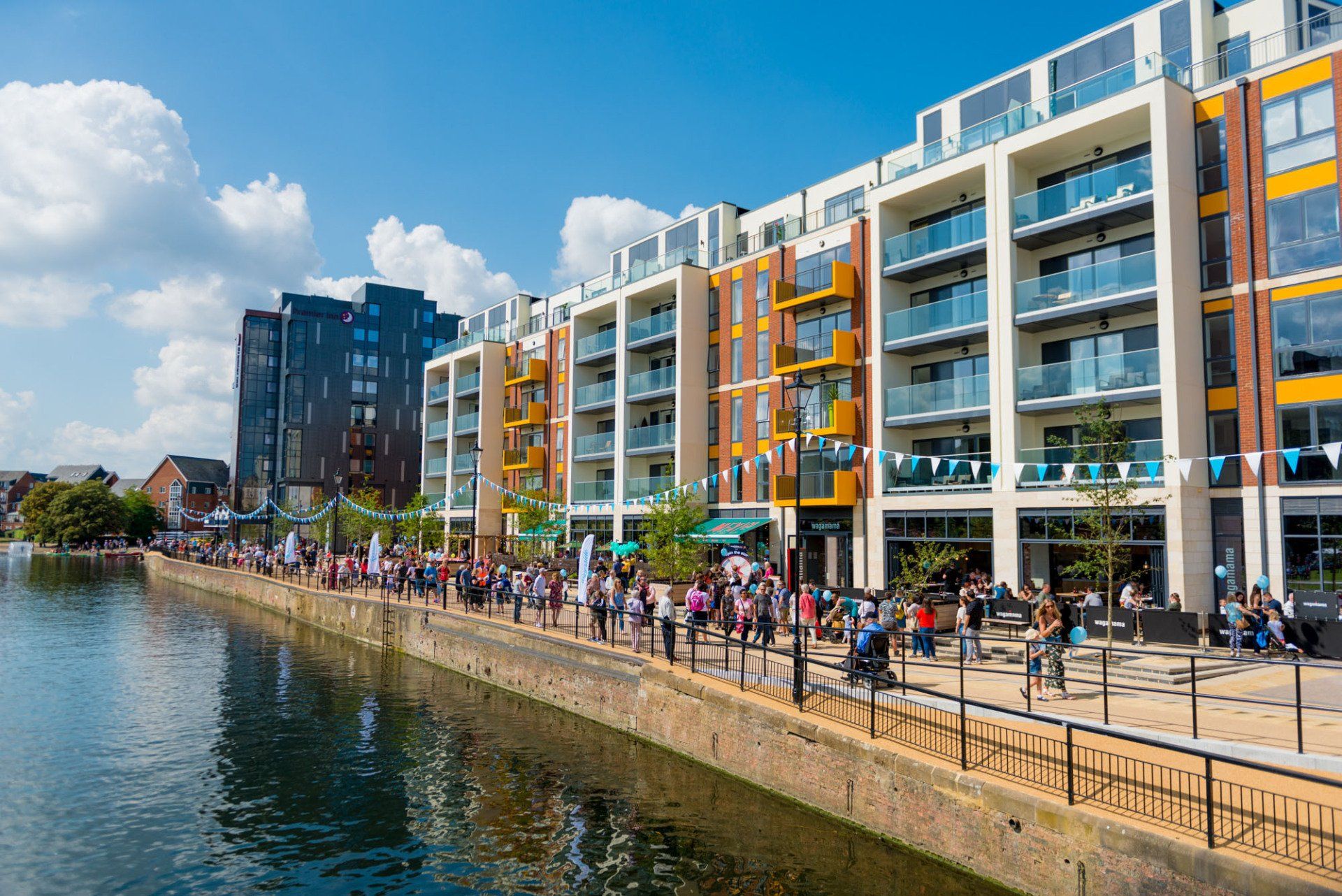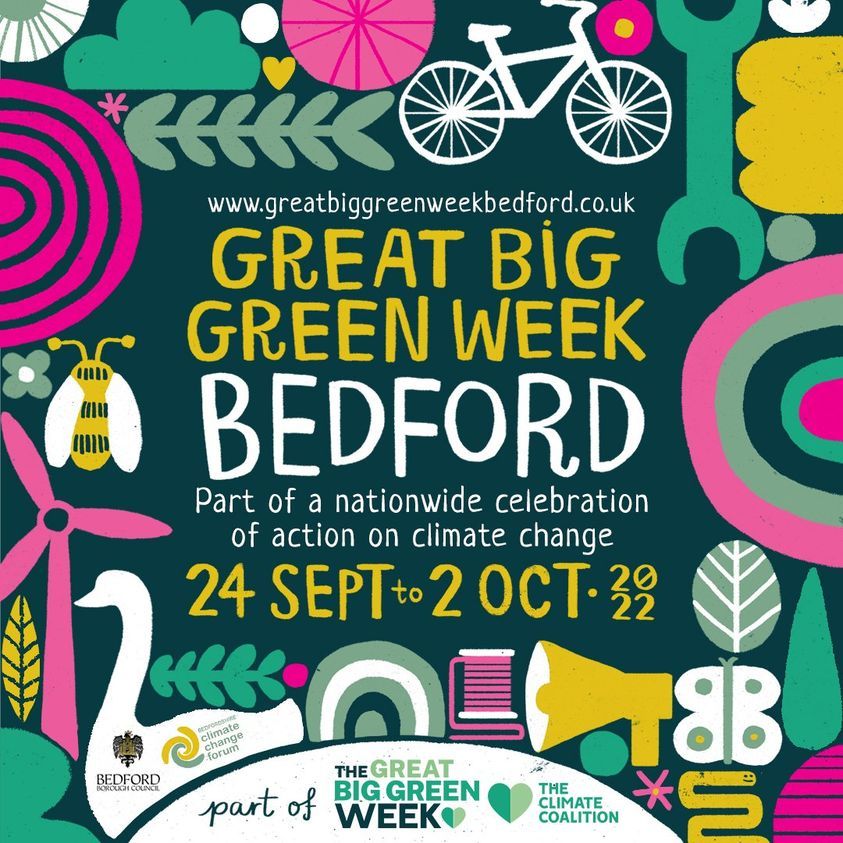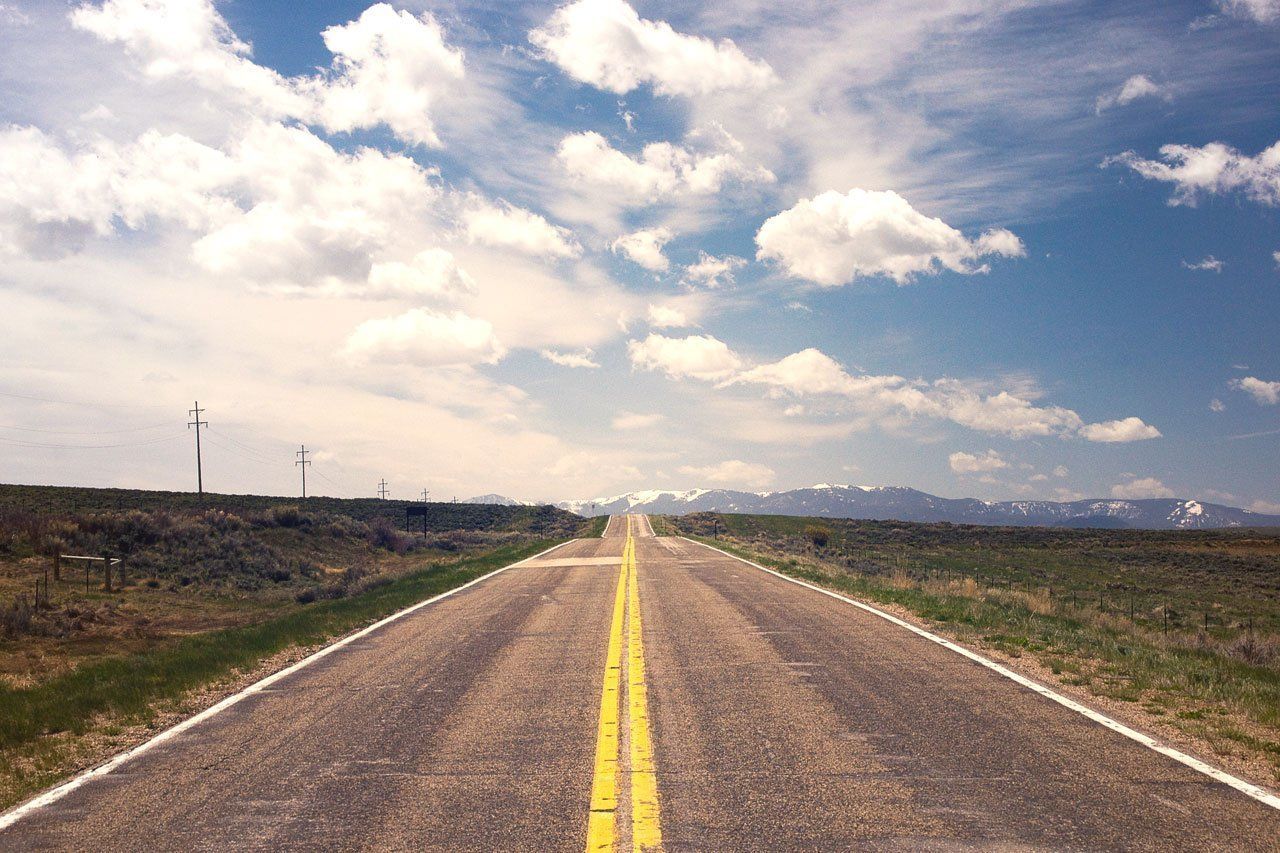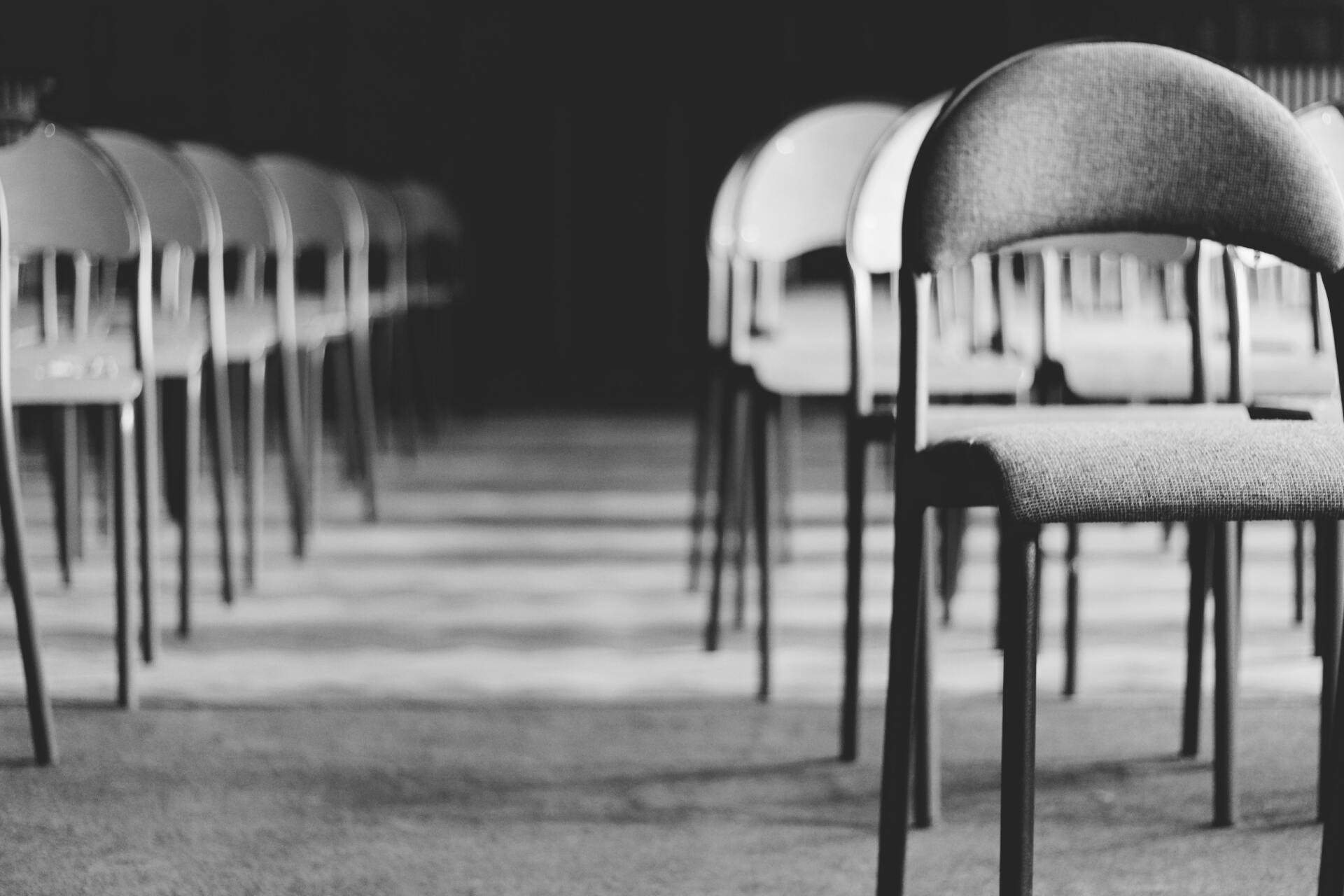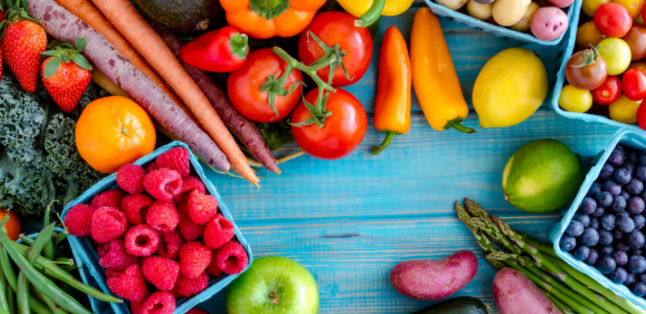Combating Climate Change with Circular Economy Solutions
CEC 3 Counties teamed up with the University of Northampton to run a morning event during COP26 week to highlight the importance of circular economy solutions in helping to reduce climate emissions. This was a return to (socially distanced) face-to-face meeting, a rare opportunity to meet in person with organisations and individuals from across the region. Over 40 people attended, drawn from organisations, business and charities from Northamptonshire, Bedfordshire and Buckinghamshire.
Our speakers included Margaret Bates of OPRL who opened the event and explained the importance of clear and effective labelling for packaging and related materials. OPRL is the leading, evidence-based recycling and reuse label in the UK, used by over 680 businesses across the packaging value chain. Their labelling rules and supporting tools are enabling circularity, ensuring packaging is designed, procured and labelled so that members of the public can recycle easily, and local authorities and waste management companies can sort and recycle materials for reuse.
Margaret was then joined in a panel debate by Fiona Charnley, associate professor of circular economy at the University of Exeter, and Katherine Adams of CEC 3 Counties and Reusefully. There was a lively discussion, with contributions from the audience, on the need to heighten the awareness of the close link between circularity and reducing carbon, the need for greater awareness of the opportunities for circularity, some of the challenges and the good work going on locally, nationally and internationally to make progress.
Robin Burgess of West Northants Sustainable Food Places outlined the vital importance of addressing the food system in reducing emissions, and the need for more sustainable food production and farming. A third of all food produced is wasted, and a third of all greenhouse gas emissions are food related – both startling and staggering statistics.
Philip Mossop of Pentatonic provided a fascinating presentation of the company’s work in helping global brands including Burger King and Starbucks rethink their waste streams, and apply creative thinking to repurposing and redesigning consumer products such as children’s toys and reusable dining kits.
Clare Topping, energy and sustainability manager at Northampton General Hospital, provided an equally fascinating insight into a number of initiatives to improving circularity in the health care system. The NHS is estimated to generate over 27 million tonnes of carbon on an annual basis, and is responsible for around 5% of all journeys made in the UK with patient and visitor travel. They consume as much water equivalent to that of a country of the size of Estonia. Clare is working on a number of programmes to design out waste in the system and improve the longevity of use of surgical and clinical supplies.
In tandem with the event, we created a Circular Economy Design Challenge for students from the University. This invited students from to submit ideas under four themes:
- Future Fashion - considering the environmental impact of linear and fast fashion models
- Changing Hearts and Minds - communicating circular economy principles and benefits through advertising or social media
- Zero Waste – making use of waste as a resource or better still creating products that don’t become waste
- Circularity on the Go - making the best use of resources in ‘on the go’ scenarios such as events, hospitality and catering
We were very impressed by the standard of submissions and the rich seam of work that is already being undertaken at the University in circularity and sustainability.
The winner of the Challenge was Caroline Sani, a fashion student at the University. Originally from Kenya, Caroline’s project ‘Textiles for Fashion’ forms part of the University’s work on upcycling with the Salvation Army. In her childhood, Caroline witnessed examples of more careful and industrious use of precious resources amongst a much ‘poorer’ community, compared to more profligate, wasteful use of resources in the more ‘advanced’ world.
Also commended were product design students Christopher Rogers, with a form of packaging that is constructed from a coffee-based, bio-plastic, and Beatriz Dantas, with Adapto’ a design piece intended to increase the longevity of fashion clothing and fight the culture of throwaway, fast fashion.


